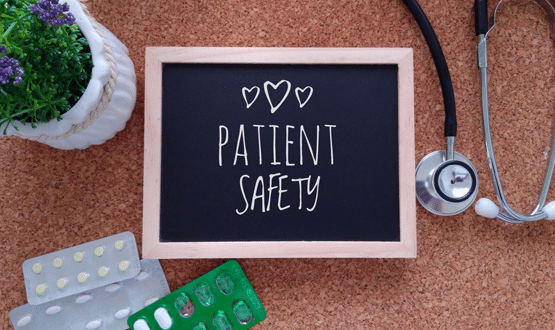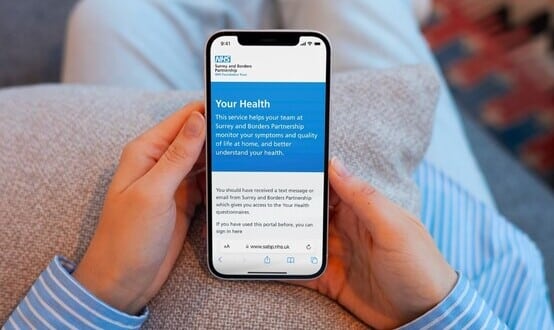Digital Clinical Safety Strategy a ‘vote of confidence’ in technology
- 24 September 2021

One week ago NHSX published the first of its kind Digital Clinical Safety Strategy – now industry leaders tell us what they think of the framework.
The strategy aims to help the NHS provide a safer service when using digital technology, including through training and better use of data.
Developed in joint working with NHSX, NHS Digital and NHS England and Improvement, the strategy builds on the 2019 NHS Patient Safety Strategy.
Speaking to Digital Health News last week Natasha Phillips, CNIO and director of patient safety at NHSX, said there was a clear demand for training in digital clinical safety in the NHS and that frontline staff were “excited” about learning more on using technology to improve safety.
The strategy aims to set out a “clear vision” and recommendations on how to use digital to improve safety, as well as expanding staff access to digital safety.
Sarah Hanbridge, chair of the Digital Health chief nursing information officer (CNIO) Network, welcomed the strategy but warned not to “underestimate” organisational changes it will require.
“Patient safety is all our responsibilities, as nurses and AHP’s [allied health professionals] delivering safe care is at the heart of what we do every day, proactively taking steps to prevent avoidable harm,” she told Digital Health News.
“The Digital Clinical Safety Strategy has been welcomed by our [Digital Health] CNIO Network, as we know the benefits of how digital technologies can enhance patient safety in delivering care.
“However, we by no means underestimate the organisational changes required in order to implement the strategy.”
Reaction from suppliers has followed a similar pattern, with a recognition that safety needs to be embedded in the heart of digital.
Dr Constantin Jabarin, chief clinical information officer (CCIO) at Allscripts, said the strategy was a “vote of confidence” for digital health tools.
“As a clinician who also works for a technology company, I see the Digital Clinical Safety Strategy as a vote of confidence for digital solutions, rather than an obstacle, for improving patient safety issues,” he told Digital Health News.
“I’m pleased to see it promote an open culture of information sharing so that everyone across the health and care system can feel empowered to tackling patient safety challenges and generate proof points for the role of digital in doing so.
“As a clinical user I can’t stress how important it is to design systems with the user and the patient in mind to ensure they contribute towards safer clinical practice.”
Christine Wadsworth, UK clinical lead at Better, echoed the importance of collaboration which she said is “essential” for safe practice.
“Designing digital solutions that improve patient safety, rather than increase risk, starts with data – how it is stored, presented, and shared to help clinicians make the right decisions at the right time,” she told Digital Health News.
“We 100 per cent agree that digital technologies can enhance safety, by both assisting clinicians and creating a safety net, but it’s essential that all creators of systems do so in collaboration with clinical users, so that they improve rather than hinder clinical workflows.
“Prescribing is a key example; sharing medicine records between integrated services via one system ensures all healthcare professionals can have access to a person’s consolidated record, making care safer and more effective.”
The strategy commits to a new model for digital clinical safety training across the patient safety and digital health workforce, with a specific focus on patient safety specialists, chief clinical information officers (CCIOs), chief information officers (CIOs), chief nursing information officers (CNIOs) as well as wider frontline teams.
Under the plan, the health service will for the first time be required to capture data on digital clinical safety issues in an attempt to better understand how to avoid concerns moving forward.
It will also provide an easier way for patients to report safety issues through a new Learning from Patient Safety Events Service, which replaces the National Reporting and Learning System.
Meghan Leaver, co-founder of PEP Health, agreed patient experience must be considered at all points of digital patient safety initiatives.
“We welcome the idea that digital technologies can be used as solutions to patient safety challenges to build safer systems and cultures,” she said.
“The data we collect helps health and care organisations to use insights from patients’ experience of their care in real time.
“Digital patient safety initiatives must include the patient experience and observations of care. This can shed light on, and inform patient safety to ensure services are safe, clinically effective and provide a positive experience for patients.”




